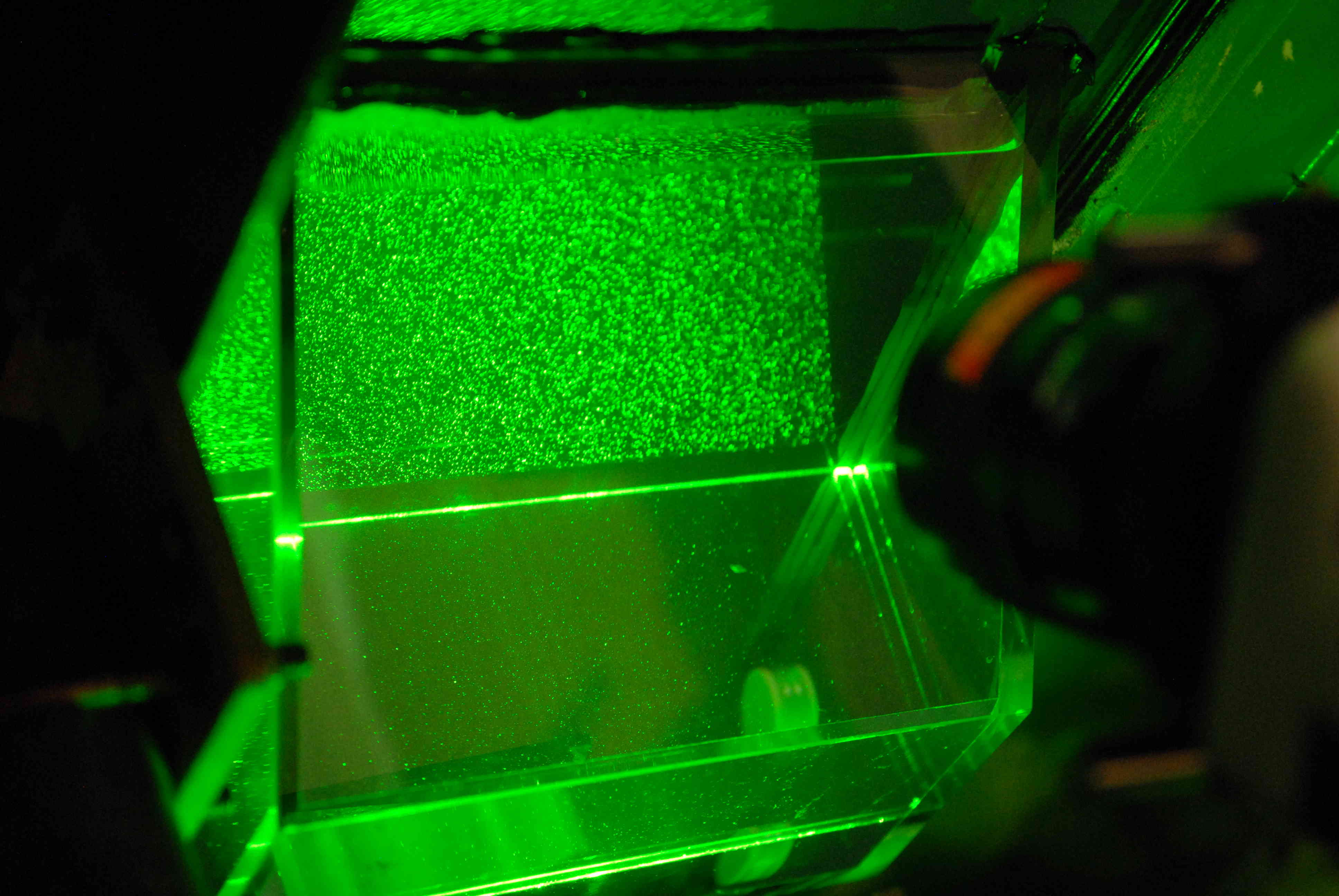High-Performance Computing & Data Visualization
The computational effort of simulations of turbulent flows is numerically very complex, since many flow problems require several million computation points and at the same time the flows must be tracked over a long period of time. This requires the use of high-performance computing and efficient evaluation routines for large amounts of data. The ISTM has access to the high-performance computer systems at the Steinbuch Center for Computing (SCC) and performs most of the simulation on the bwUniCluster, ForHLR I and II.



